Design collective Rotor ventures 'Behind the Green Door' at the Oslo Architecture Triennale 2013
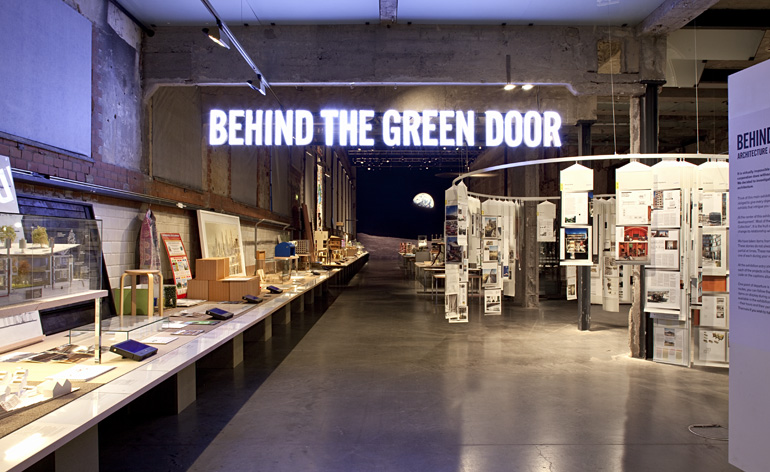
Those who visited the Belgian Pavilion at the 2010 Venice Architecture Biennale or the 2011 OMA show at the Barbican in London - two key Rotor-curated shows - might have an inkling as to what to expect at the Oslo Architecture Triennale this year. In-depth archival research, focus on materials and themes of reuse have slowly but surely been developing into some of the Belgian collective's key strengths. And they all unfailingly feature in this sustainability-driven festival.
Selected to curate the fifth edition of 'the Nordic region's biggest architecture festival' (together with independent French publication Criticat), Rotor chose a theme that feels as familiar as ambiguous. 'Our mission was to reach out to a large audience. How to attract an audience that is not necessarily used to going to architectural exhibitions?' asks Rotor member Maarten Gielen, who reiterated the goal to create something tight and consistent around the main topic.
Sustainability is a matter that's been close to Rotor's heart for years. 'The idea was born as early as our involvement with the OMA exhibition,' says Gielen. 'We didn't have the means to do it then but we knew it was a powerful theme.' And it has always been one of Rotor's core interests. 'We ask ourselves the same question that every practice asks - how can we push things forward, how can we make a difference? Reuse of materials is, for us among other strategies, a very interesting one.'
The triennale's flagship show 'Behind the Green Door' is a result of the curators' meticulous year-long research into the question of sustainability, and in particular what it means to key international architects. The items on display - collected from the archives of practices around the globe - are varied but carefully arranged. A timeline on one side highlights key sustainability-themed projects from the late 1960s until today, while several smaller thematic groupings on the other hone in on specific topics, such as materials.
Exhibits span projects such as Foster + Partners' Masdar City in Abu Dhabi and 2011 Wallpaper* Award-winner Villa Vals by Search and CMA. Non-architectural offerings - such as Uniqlo's proposal for a lightweight clothing range for warmer-than-usual office environments that don't use intense air-conditioning - complete the picture.
Behind the Green Door is complemented by two further shows: one at the city's Sverre Fehn-designed Architecture Museum and a second at the Oslo School of Architecture and Design (AHO). The former, entitled 'Far-out Voices', creates a dialogue with the Rotor-created event, offering a historical backdrop through various expressions of sustainability in the US during the 1960s and 1970s, from Michael Reynolds' 'Earthships' to Buckminster Fuller's geodesic domes. The latter, titled 'Custom Made', focuses on the Norwegian architectural psyche and the nation's ever evolving relationship with nature, featuring work by Eriksen Skajaa, Rintala Eggertsson and Norwegian design heavyweights Snøhetta.
Consciously aiming to distance itself from the exhibits and look into the notion of sustainability as 'outsiders', Rotor took on the role of historical investigator, delving into archives and texts pointing to the origins of sustainability. It's a term that derives - quite fittingly, as Rotor reminds us - from 'sustainable development', first defined by Norwegian Prime Minister Gro Harlem Brundtland in the 1987 Brundtland Commission report for the United Nations.
Wallpaper* Newsletter
Receive our daily digest of inspiration, escapism and design stories from around the world direct to your inbox.
'This is a collection of projects that call themselves sustainable,' says Gielen. 'We are trying to work as historians, but in the present. And perhaps in 30 to 40 years, when the dust has settled, we will be able to see that there were, say, five different currents at that time.' Several talks, guided tours and collateral events will roll out throughout the three-month triennale, all elaborating on the main theme.
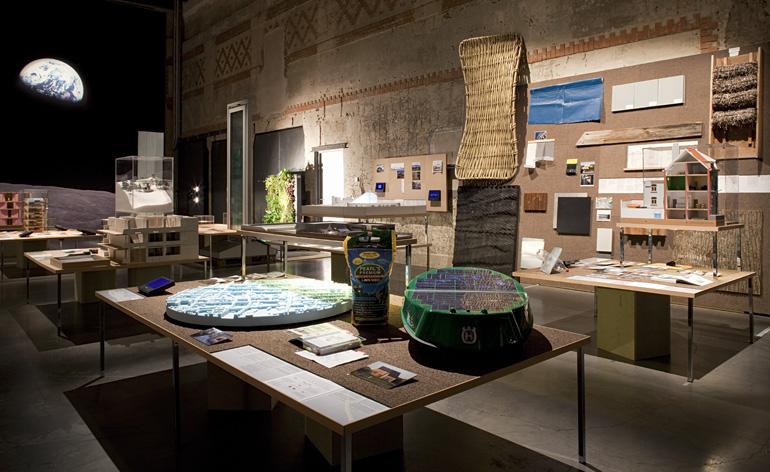
Held at DogA (the Norwegian Centre for Design and Architecture), Behind the Green Door is a result of the curators' meticulous year-long research into the question of sustainability, and in particular what it means to key international architects.
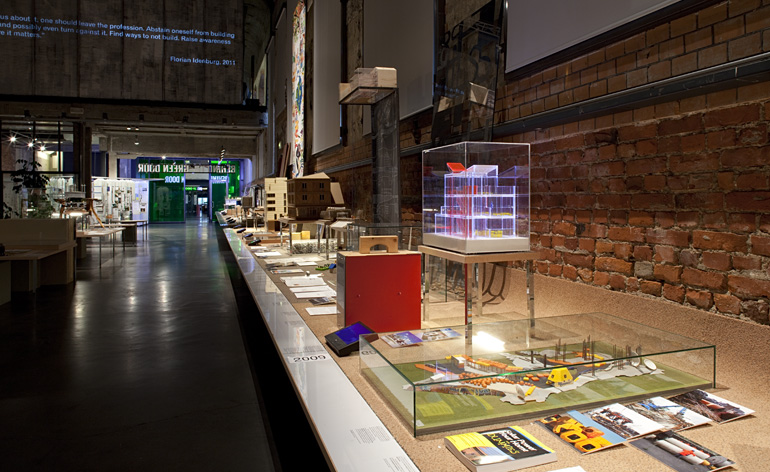
The exhibition features a timeline of key sustainability-themed projects from the late 1960s until today, while several smaller thematic groupings on the other hone in on specific topics, such as materials.
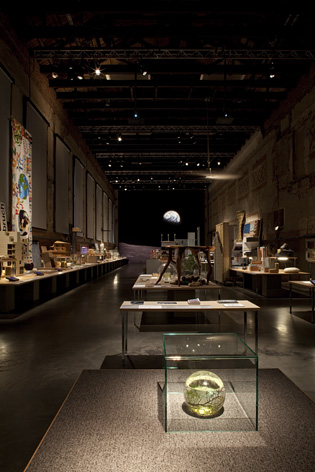
Rotor took on the role of the historical investigator, delving into archives and texts pointing to the origins of sustainability. The items on display - collected from the archives of practices around the globe - are varied but carefully arranged.
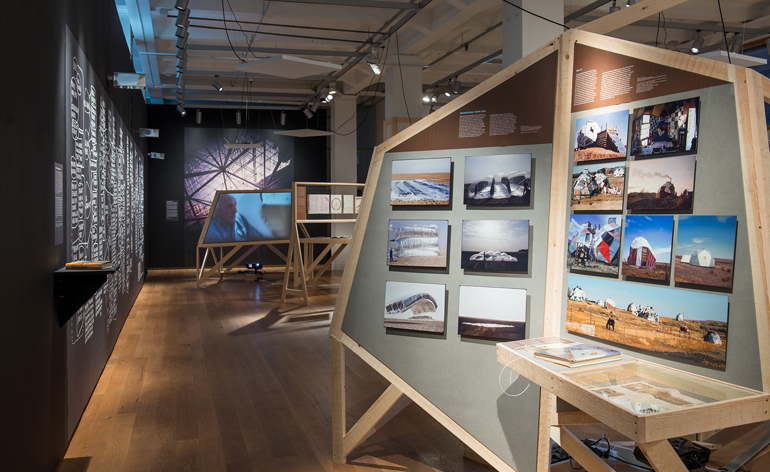
Elsewhere, the Museum of Architecture is hosting an exhibition throughout the triennale creating further dialogue with the Rotor-curated event. 'Far-out Voices' offers a historical backdrop through various expressions of sustainability in the US during the 1960s and 1970s
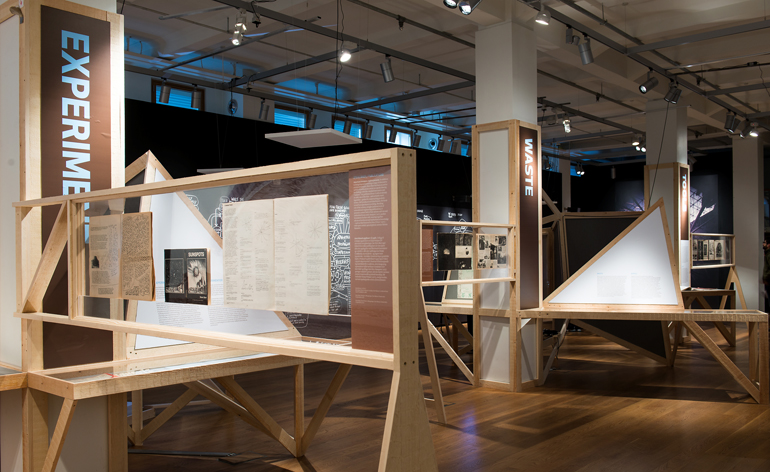
The exhibition is structured around three main themes: waste, experiment and tools.
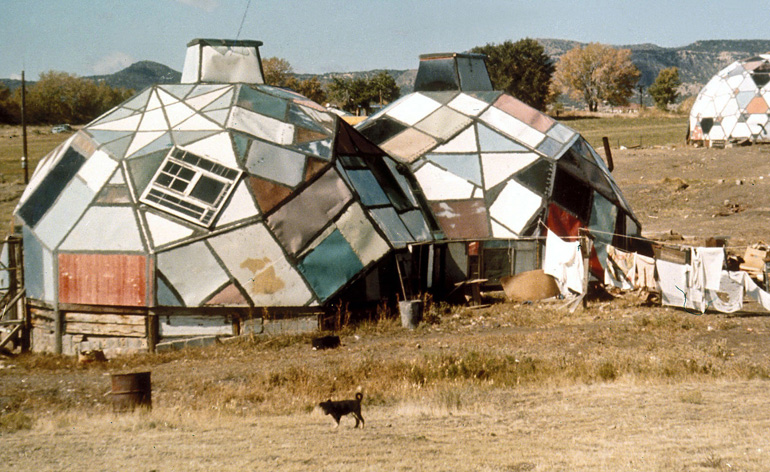
The unusual Drop City settlement in Colorado forms a part of the exhibition's highlights.
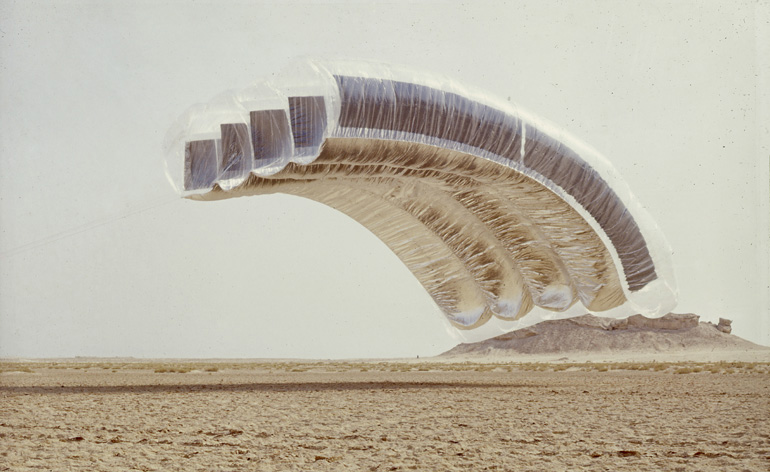
'Desert Cloud' installation, by Graham Stevens, 1972. Courtesy of the artist
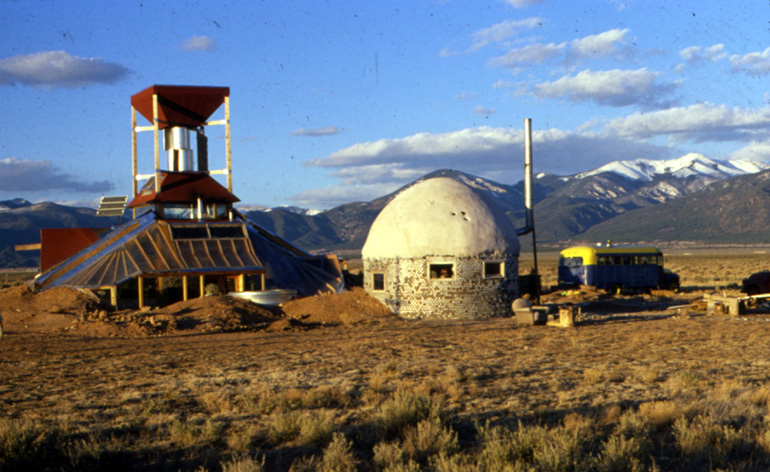
A self-sufficient turbine house and a dome crafted from beer cans, both designed by American architect Michael Reynolds, are also showcased in the exhibition.
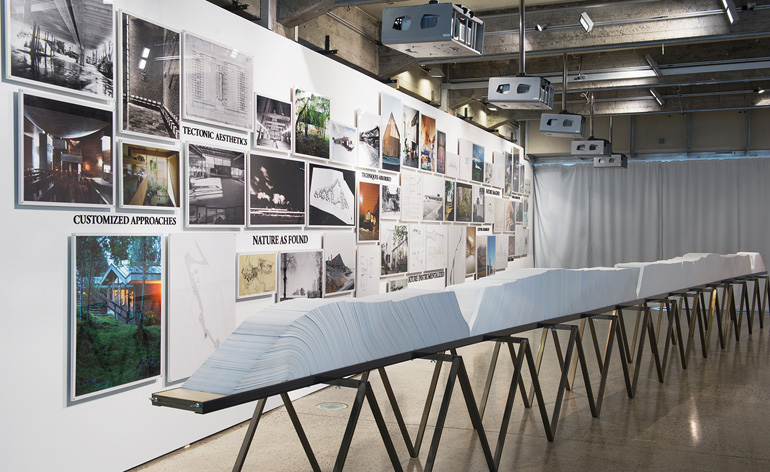
Over at the Oslo School of Architecture and Design (AHO), the 'Custom Made' exhibition focuses on Norwegian architecture's relationship with nature.
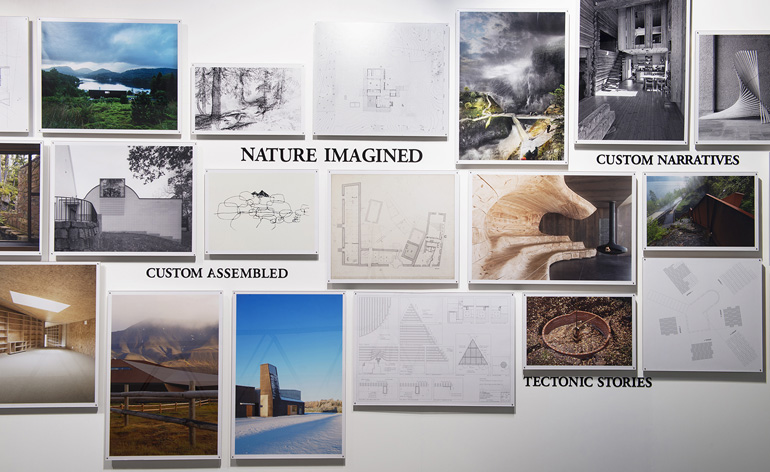
Custom Made features work by practices such as Eriksen Skajaa, Rintala Eggertsson and Norwegian design heavyweights Snøhetta
ADDRESS
Norwegian Centre for Design and Architecture
Hausmanns Gate 16
0182 Oslo
Ellie Stathaki is the Architecture & Environment Director at Wallpaper*. She trained as an architect at the Aristotle University of Thessaloniki in Greece and studied architectural history at the Bartlett in London. Now an established journalist, she has been a member of the Wallpaper* team since 2006, visiting buildings across the globe and interviewing leading architects such as Tadao Ando and Rem Koolhaas. Ellie has also taken part in judging panels, moderated events, curated shows and contributed in books, such as The Contemporary House (Thames & Hudson, 2018), Glenn Sestig Architecture Diary (2020) and House London (2022).
-
 All-In is the Paris-based label making full-force fashion for main character dressing
All-In is the Paris-based label making full-force fashion for main character dressingPart of our monthly Uprising series, Wallpaper* meets Benjamin Barron and Bror August Vestbø of All-In, the LVMH Prize-nominated label which bases its collections on a riotous cast of characters – real and imagined
By Orla Brennan
-
 Maserati joins forces with Giorgetti for a turbo-charged relationship
Maserati joins forces with Giorgetti for a turbo-charged relationshipAnnouncing their marriage during Milan Design Week, the brands unveiled a collection, a car and a long term commitment
By Hugo Macdonald
-
 Through an innovative new training program, Poltrona Frau aims to safeguard Italian craft
Through an innovative new training program, Poltrona Frau aims to safeguard Italian craftThe heritage furniture manufacturer is training a new generation of leather artisans
By Cristina Kiran Piotti
-
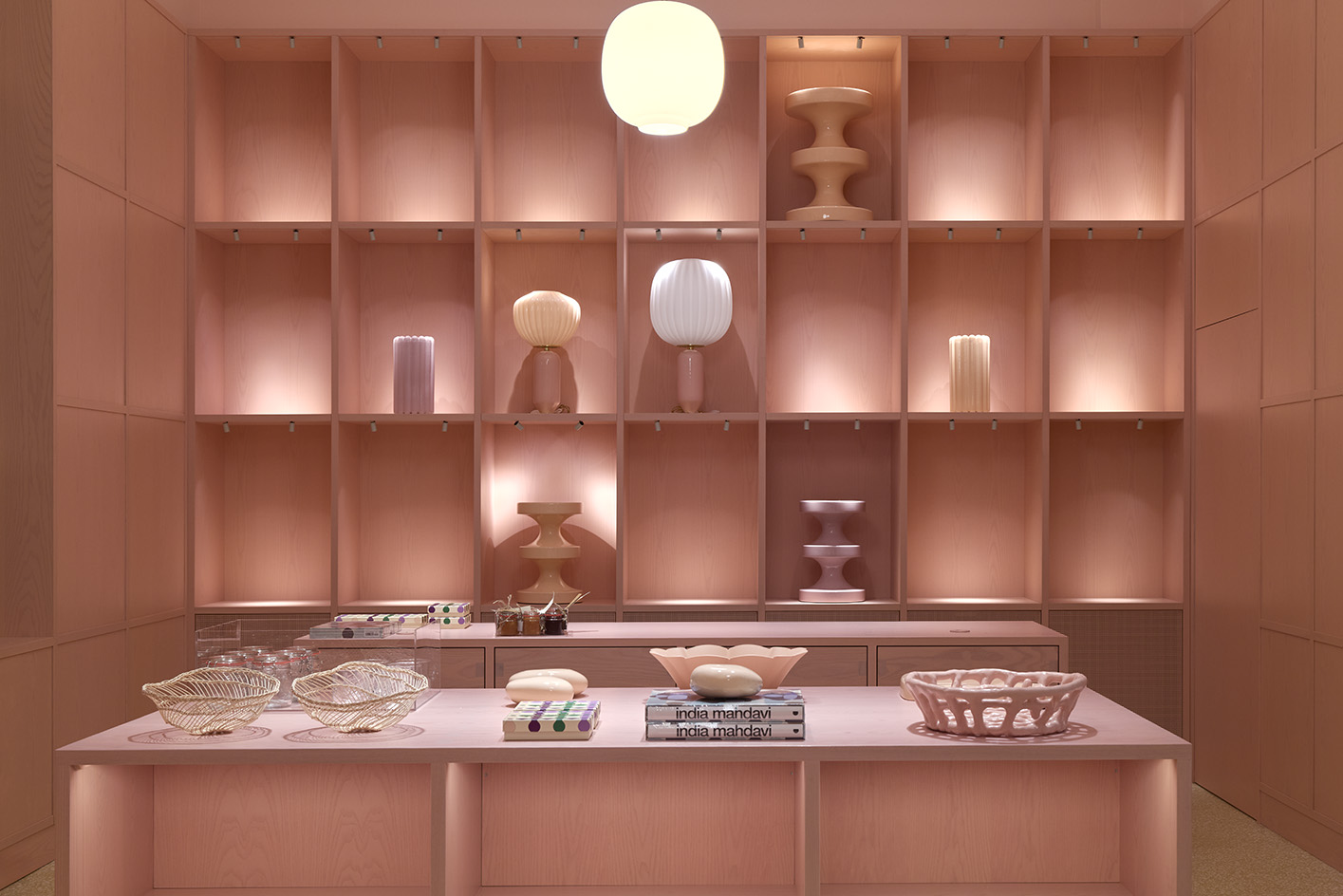 PoMo Museum opens its colourful spaces in Trondheim’s art nouveau post office
PoMo Museum opens its colourful spaces in Trondheim’s art nouveau post officePoMo Museum is a new Trondheim art destination, featuring colourful interiors by India Mahdavi in an art nouveau post office heritage building
By Francesca Perry
-
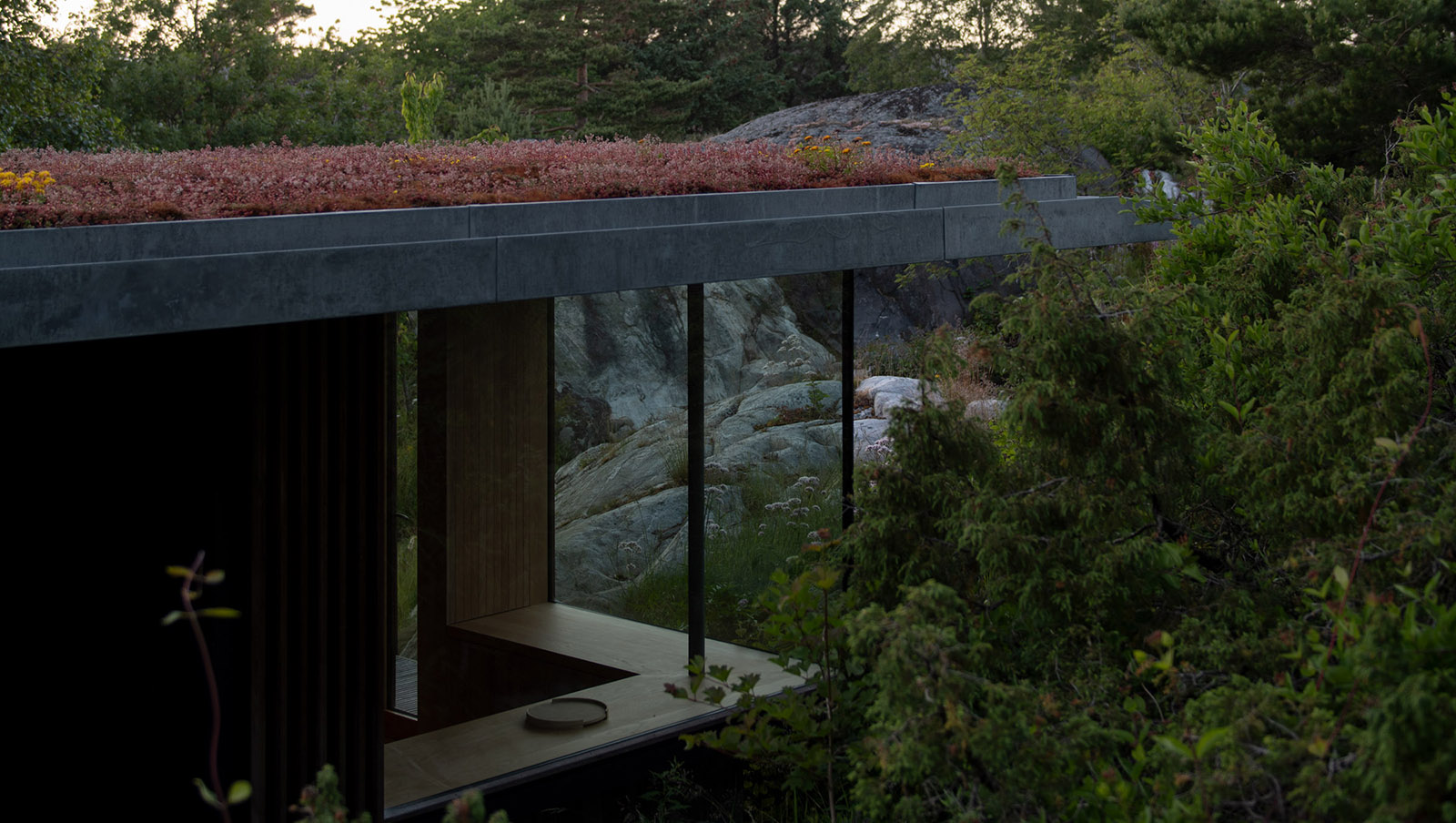 Tour this waterfront Norwegian summer house in pristine nature
Tour this waterfront Norwegian summer house in pristine natureCabin Lillesand by architect, Lund Hagem respects and enhances its natural setting in the country's south
By Ellie Stathaki
-
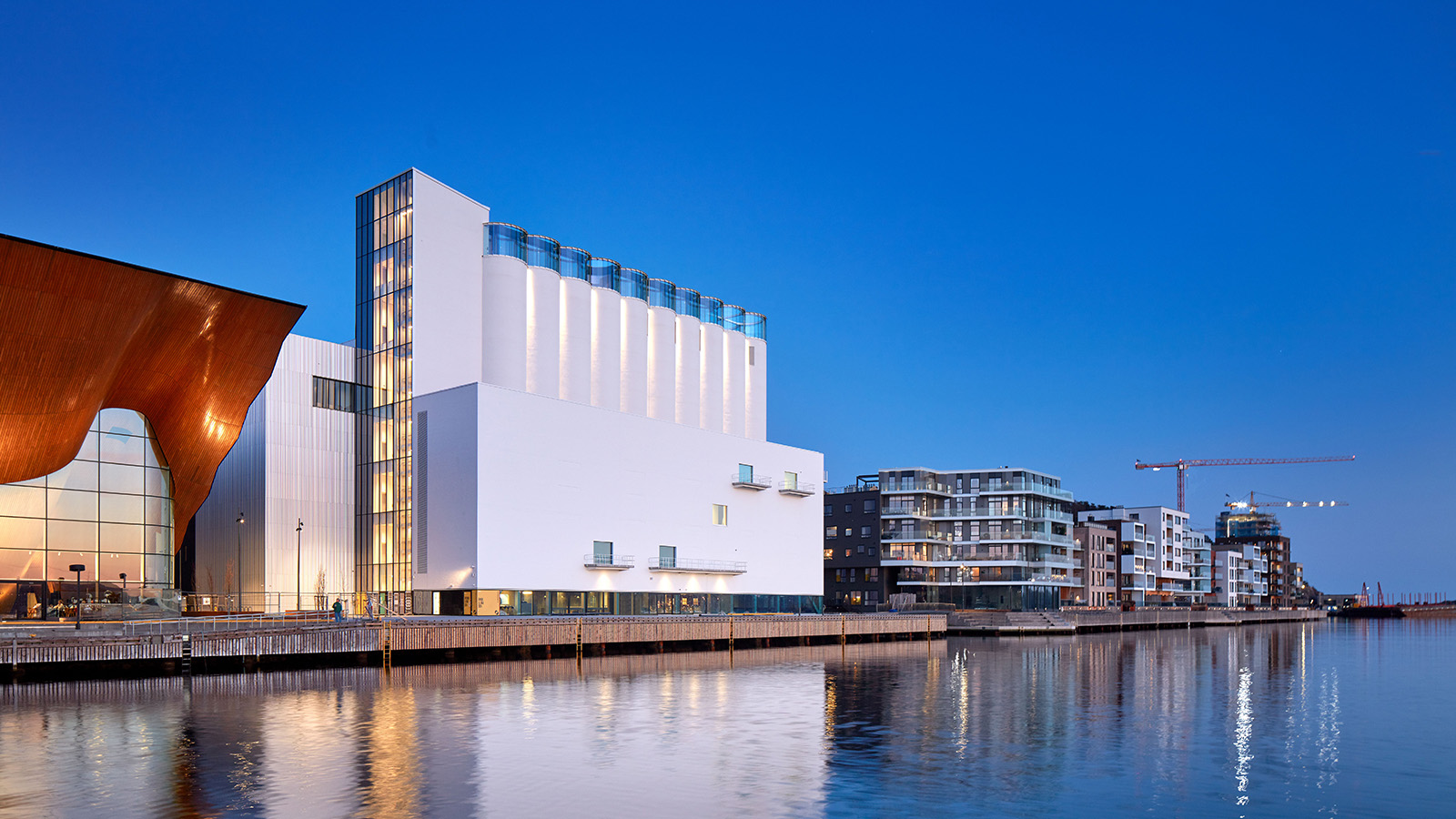 Kunstsilo sees a functionalist grain silo transformed into Norway’s newest art gallery
Kunstsilo sees a functionalist grain silo transformed into Norway’s newest art galleryKunstsilo’s crisp modern design by Mestres Wåge with Spanish firms Mendoza Partida and BAX Studio transforms a listed functionalist grain silo into a sleek art gallery
By Clare Dowdy
-
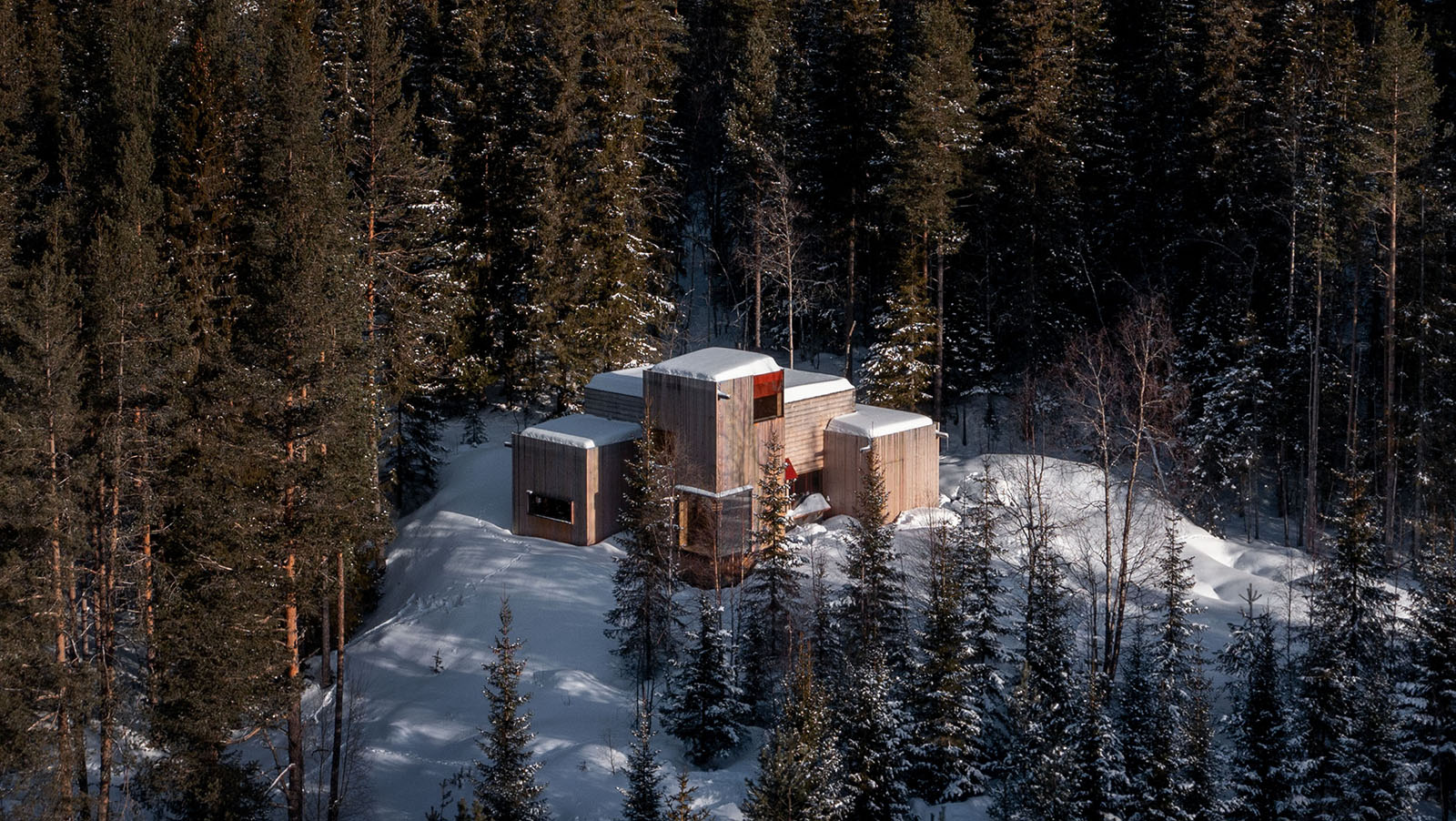 Aarestua Cabin brings old Norwegian traditions into the 21st century
Aarestua Cabin brings old Norwegian traditions into the 21st centuryAarestua Cabin by Gartnerfuglen is a modern retreat with links to historical Norwegian traditions, and respect for its environment
By Ellie Stathaki
-
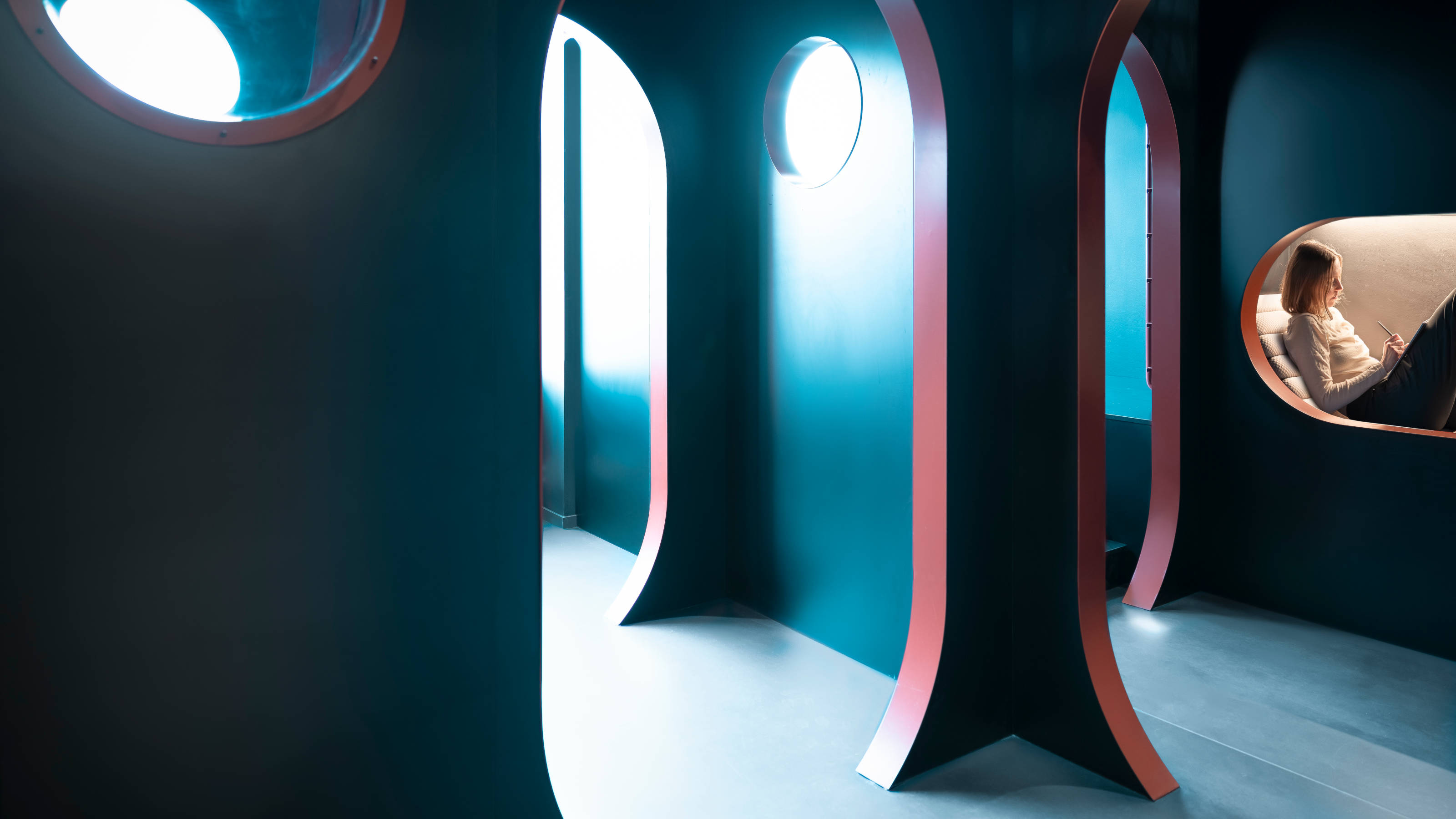 Pioneering tablet maker reMarkable’s Oslo headquarters is a space for ‘better thinking’
Pioneering tablet maker reMarkable’s Oslo headquarters is a space for ‘better thinking’reMarkable’s Oslo head office, featuring areas to retreat, ruminate and collaborate, is a true workspace of the future
By Jonathan Bell
-
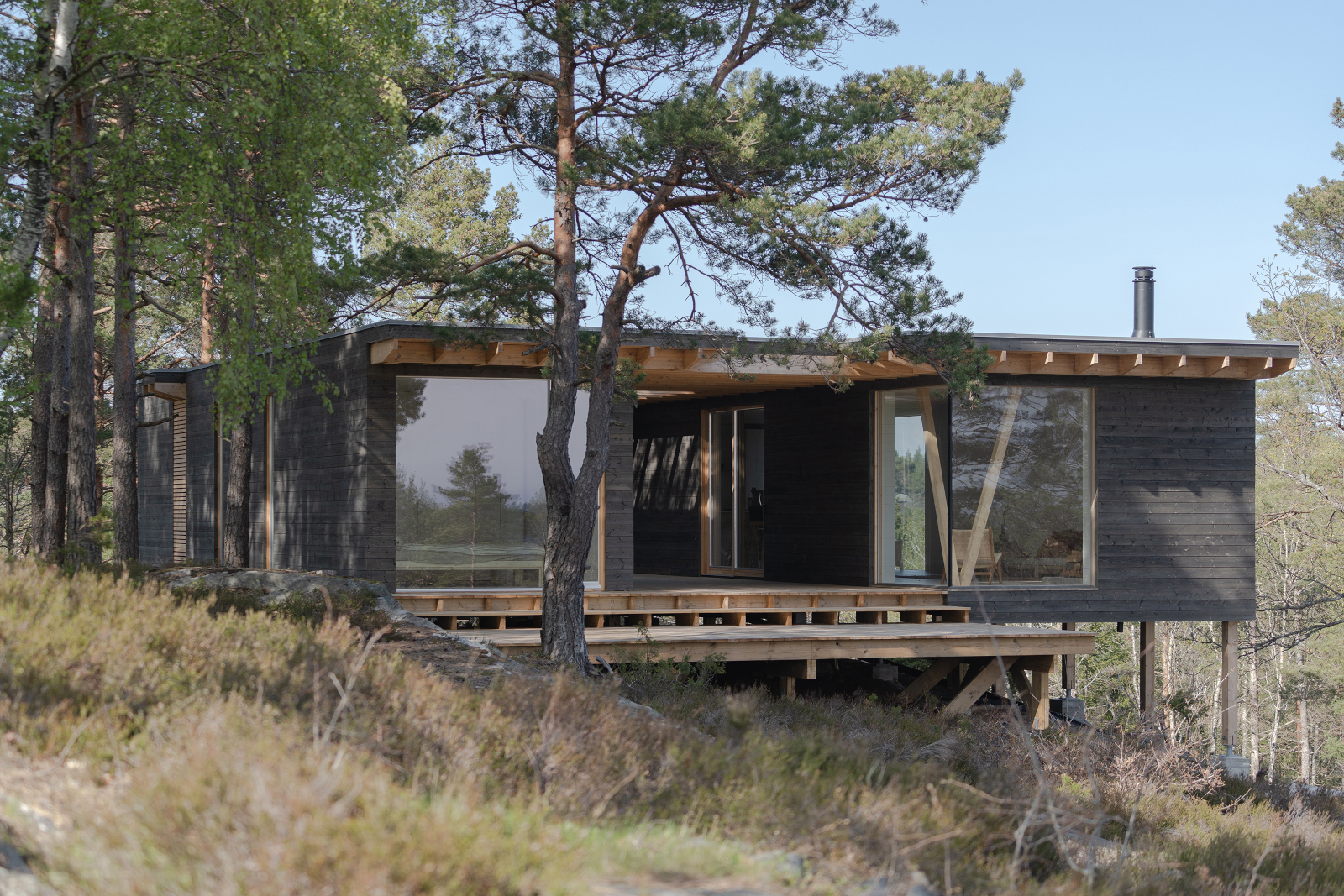 This Norway cabin was designed as a minimalist, coastal escape
This Norway cabin was designed as a minimalist, coastal escapeThis Norway cabin by Erling Berg is made of local timber that frames its scenic Risør views through large openings and outdoor areas, creating a cool summer escape
By Ellie Stathaki
-
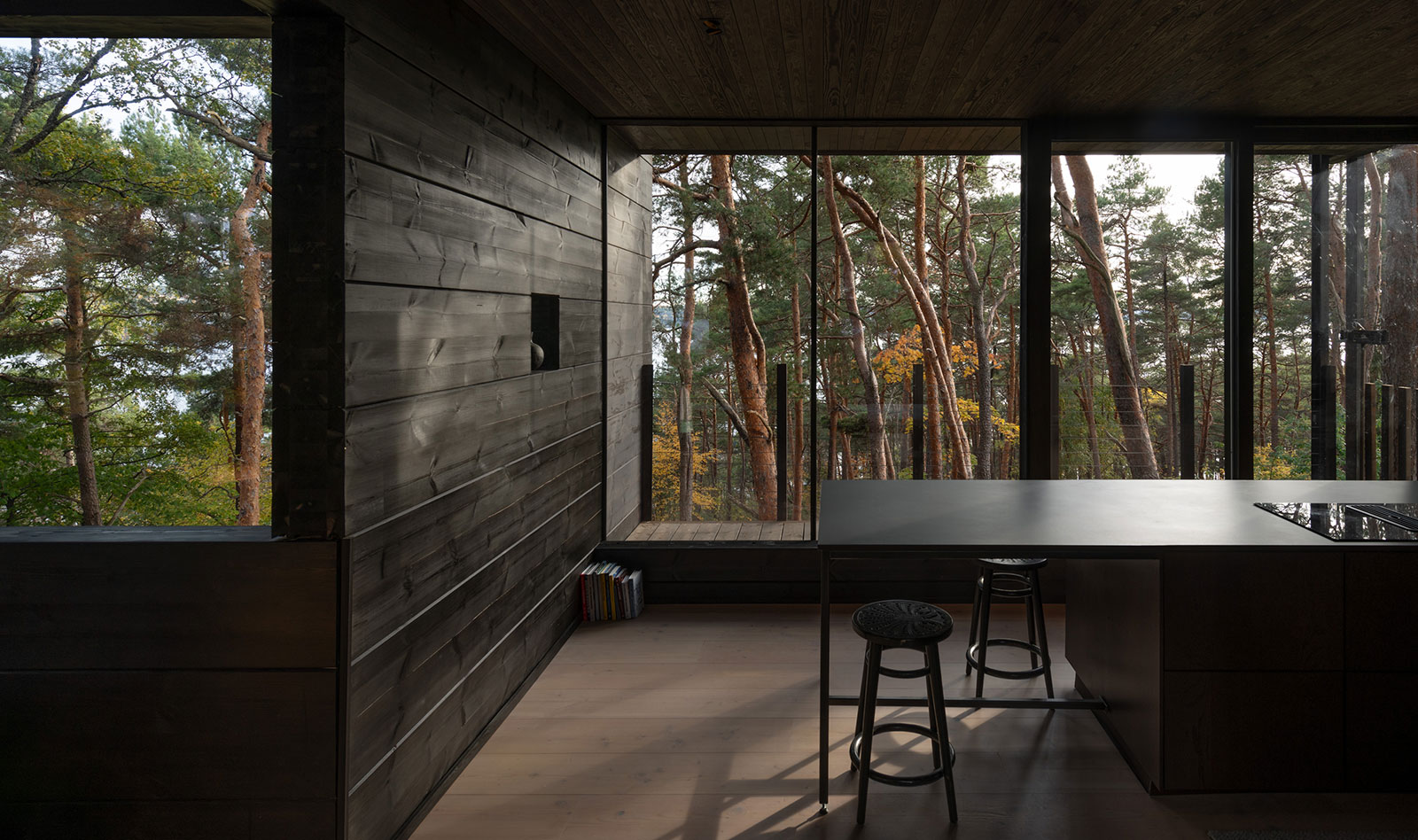 This Oslo house is a suburban cabin in the woods
This Oslo house is a suburban cabin in the woodsAn Oslo house designed like a retreat, Villa Nikkesmelle by Gartnerfuglen, offers the perfect balance between urban and rural
By Ellie Stathaki
-
 Restored former US embassy in Oslo brings Eero Saarinen’s vision into the 21st century
Restored former US embassy in Oslo brings Eero Saarinen’s vision into the 21st centuryThe former US embassy in Oslo by Finnish American modernist Eero Saarinen has been restored to its 20th-century glory and transformed for contemporary mixed use
By Giovanna Dunmall